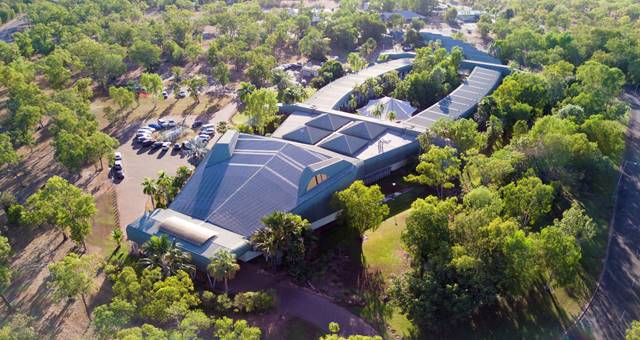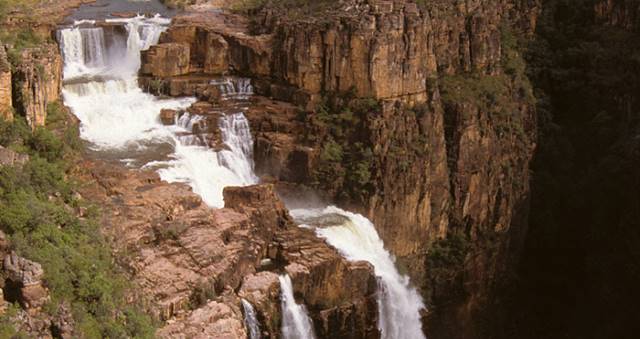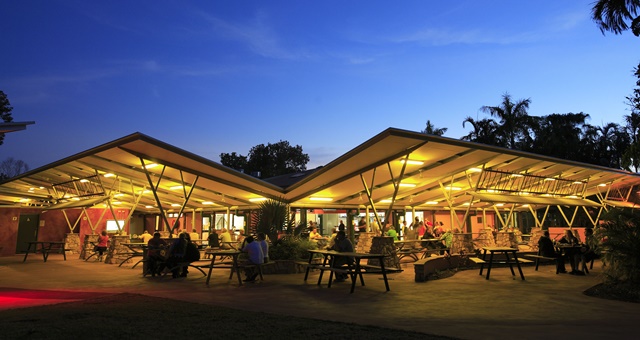Infrastructure and technology upgrades at Kakadu National Park hotels and tourist attractions has been completed ahead of a surge in visitor interest for the 2021 peak dry season.
The works come as part of the Federal Government’s Kakadu Tourism Master Plan, coupled with the subsequent addition of Darwin to its AUD$1.2 billion aviation stimulus plan which will see thousands of cut-price air seats into the Northern Territory available for leisure visitors. The Master Plan was developed in consultation with Kakadu’s Traditional Owners, Board of Management and the tourism industry.
Works have included a significant upgrade to WiFi technology at Mercure Kakadu Crocodile Hotel, while Cooinda Lodge has seen an upgrade to its main eatery, Mimi’s Restaurant, with a new interior design. The restaurant serves bistro staples alongside bush-inspired cuisine.
Improvements have also been made to local attractions including the Warradjan Aboriginal Cultural Centre, which has benefited from an extensive renovation designed to improve visitor comfort. Greater access will also be forthcoming to Jim Jim Creek Crossing and the Cahills Crossing viewing area, which is one of the region’s most popular viewing areas to see crocodiles in the wild.
Kakadu Tourism Chair, Rick Allert, there has never been a better time to tick Kakadu off the bucket list.
“We have had one of our most successful wet seasons for over a decade, and with extra incentives to visit Kakadu this year, we believe the peak dry season is going to be very popular.
“A holiday in Kakadu offers a remarkable cultural experience, with over 65,000 years of continuous human habitation, set against one of the most dramatic landscapes in Australia.
“Bookings are already significantly higher than in recent years, so we would recommend that potential visitors secure their reservations as soon as possible,” Allert added.
Kakadu’s events calendar is set to be expanded as various works around the area reach completion, with a new World Heritage visitor hub to serve as a central point for showing off the region’s natural values to domestic and international visitors.



